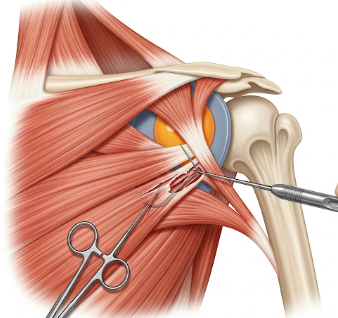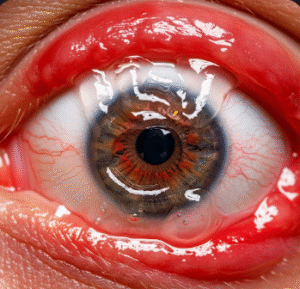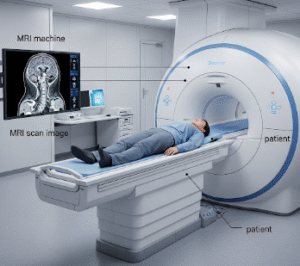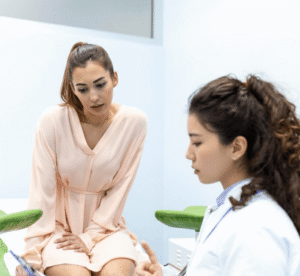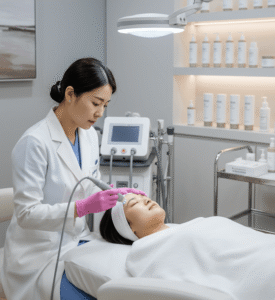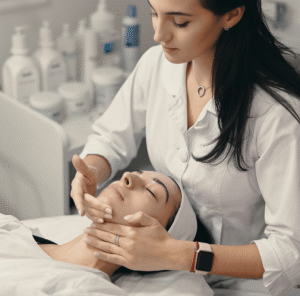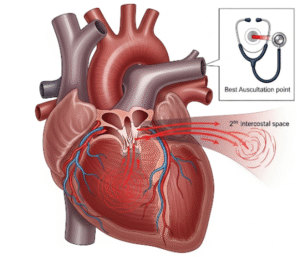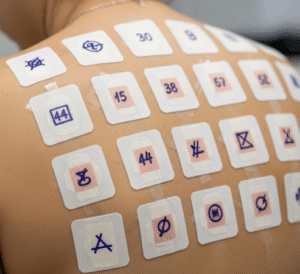Overview
Rotator cuff surgery is a procedure designed to repair torn tendons in the shoulder’s rotator cuff, which is critical for shoulder movement and stability. Tears can result from acute injuries, repetitive overhead activity, or degenerative changes due to aging.
In Korea, rotator cuff surgery is offered in advanced orthopedic and sports medicine centers, with arthroscopic, mini-open, and open techniques. Patients choose Korea for precise surgical repair, minimally invasive options, rapid recovery, and expert post-operative rehabilitation.
What is Rotator Cuff Surgery?
Rotator cuff surgery involves reattaching torn tendons to the bone and repairing damaged tissue to restore shoulder function.
Types of surgery include:
- ✦ Arthroscopic rotator cuff repair – minimally invasive using small incisions and a camera.
- ➤ Mini-open repair – combines arthroscopic evaluation with a small incision for tendon repair.
- ✦ Open rotator cuff repair – larger incision for massive or complex tears.
- ➤ Tendon transfer or grafts – for irreparable tears, tissue from other tendons may be used.
Surgical choice depends on tear size, patient age, activity level, and overall health.
What are the Benefits?
Rotator cuff surgery provides several key advantages:
✅ Restores shoulder strength and function – improves ability to lift and rotate the arm.
➤ Reduces pain – particularly during overhead activity or at night.
✦ Prevents further tendon degeneration – maintaining shoulder integrity.
➤ Minimally invasive options – smaller scars and faster recovery.
✅ Enables return to sports or work requiring overhead movement.
✦ Long-term shoulder health – reduces risk of arthritis and persistent instability.
Procedure Details
1) How should I prepare for Rotator Cuff Surgery?
Preparation includes:
- ✦ Medical evaluation – MRI or ultrasound to assess tear size and tendon condition.
- ➤ Medication review – blood thinners or anti-inflammatory drugs may need to be stopped.
- ✦ Pre-operative physiotherapy – may strengthen shoulder and improve recovery.
- ➤ Discussion with surgeon – type of surgery, expected outcomes, risks, and recovery plan.
- ✦ Fasting – typically 6–8 hours before surgery.
- ➤ Anesthesia assessment – general anesthesia or regional nerve block may be used.
2) What happens during the procedure Rotator Cuff Surgery?
The surgery is performed under general anesthesia and takes 1–2 hours depending on tear complexity:
➤ Step 1: Patient is positioned and shoulder is sterilized.
✦ Step 2: Arthroscopic or open incision is made to access the rotator cuff.
➤ Step 3: Torn tendon edges are debrided, and tissue quality is assessed.
✦ Step 4: Tendons are reattached to the bone using sutures, anchors, or grafts as needed.
➤ Step 5: Surgical site is irrigated, and incisions are closed with sutures or surgical glue.
Arthroscopic techniques minimize tissue trauma and post-operative pain, while allowing precise repair.
3) What happens after a Rotator Cuff Surgery?
Post-operative care includes:
- ✦ Hospital stay: usually 1 day for observation; sometimes outpatient.
- ➤ Immobilization: sling or shoulder brace for 4–6 weeks to protect repair.
- ✦ Pain management: medications for mild to moderate pain.
- ➤ Physical therapy: begins with passive movements, progressing to active strengthening over 3–6 months.
- ✦ Follow-up visits: monitor healing, function, and tendon integrity via imaging if necessary.
- ➤ Return to sports or heavy activity: typically 4–6 months after surgery.
Most patients experience significant improvement in strength, function, and pain relief.
Risks / Benefits
Potential Risks:
- ✦ Infection at the surgical site.
- ➤ Stiffness or limited range of motion.
- ✦ Re-tear of the repaired tendon.
- ➤ Nerve or blood vessel injury (rare).
- ✦ Pain or swelling post-surgery.
Benefits:
- ✅ Restores shoulder strength, mobility, and stability.
- ✅ Reduces pain and improves quality of life.
- ✅ Minimally invasive options allow faster recovery and smaller scars.
- ✅ Enables safe return to sports, work, and daily activities.
Recovery and Outlook
Recovery from rotator cuff surgery is gradual but predictable:
- ➤ Hospital stay: 1 day or outpatient.
- ✦ Immobilization: 4–6 weeks in a sling or brace.
- ➤ Physical therapy: passive range of motion initially, active strengthening over months.
- ✦ Return to daily activities: typically 6–12 weeks.
- ➤ Return to sports or heavy work: 4–6 months.
- ✦ Long-term outcome: most patients regain functional shoulder strength and range of motion with minimal risk of recurrence.
When To Call the Doctor
Patients should contact their healthcare provider if they notice:
⚠ Severe pain unrelieved by medication.
⚠ Swelling, redness, or pus at the incision site.
⚠ Numbness or tingling in the arm or hand.
⚠ Limited movement that does not improve over time.
⚠ Signs of infection or complications during rehabilitation.
Best Korea Option / Process
Korea provides world-class rotator cuff surgery care with:
- ✦ Top orthopedic and sports medicine surgeons specializing in arthroscopic and open shoulder repair.
- ➤ Advanced imaging and surgical tools for precise tendon repair.
- ✦ Minimally invasive arthroscopic procedures for faster recovery and smaller scars.
- ➤ Comprehensive post-operative rehabilitation programs for optimal functional recovery.
- ✦ Affordable and accessible care for international patients.
- ➤ Multidisciplinary teams including anesthesia, nursing, and physiotherapy for smooth recovery.
Korea is an excellent destination for safe, effective, and precise rotator cuff surgery with excellent long-term outcomes.
Highlights of Rotator Cuff Surgery in Korea
- ✅ Repairs torn tendons and restores shoulder stability.
- ➤ Minimally invasive arthroscopic options for faster recovery.
- ✦ Reduces pain and restores range of motion.
- ➤ Performed by leading Korean orthopedic surgeons with expert rehabilitation.
- ✅ Short hospital stay with comprehensive post-operative care.

